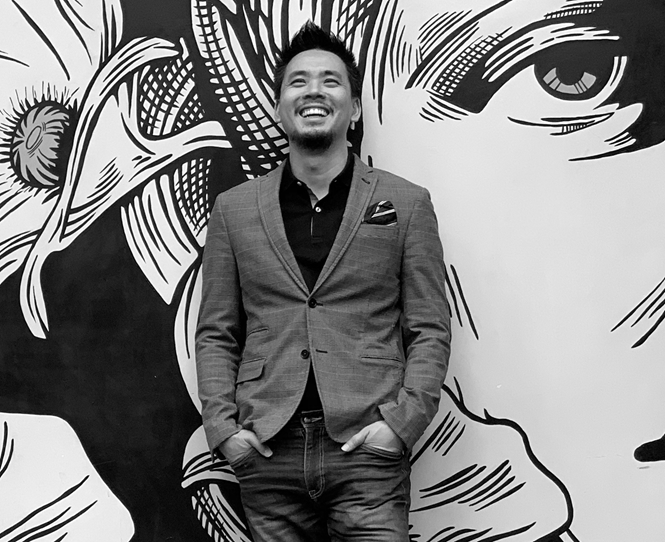Brands in China are still poised for growth… but there's a catch

Siu Tang from Shanghai-based award-winning creative agency The Orangeblowfish shares his views on what it takes to grow in the mind of the post-pandemic consumer.
Pandemic-related hassles seem to have disappeared. Yet, a new market is emerging and bringing along a new set of challenges. I'm confident that there's endless potential to explore in China, but there's a catch: only brands that adapt to market changes and cultivate deeper connections with their consumers will truly thrive.
At The Orangeblowfish, we are known for our LUCID methodology, a process that combines a deep understanding of brands with creativity-infused storytelling and innovative tech. Beyond that, we believe in keeping a close eye on ever-evolving consumer behaviour.
In China, things often unfold slightly differently from abroad. The market stands as an exceptionally vibrant online arena, and brands from around the globe, including many in the luxury sector, race to establish themselves on Chinese online platforms. The online presence they aim for is not just for generating direct sales but also for enriching their brand content in alignment with the web3, digital art and the live-streaming craze.
But is a robust online strategy truly enough? According to the PwC 2021 Global Consumer Insights Survey, Chinese consumers tend to lean towards a blend of online and physical presence. Drawing from Ray Oldenburg's 'third place' concept — the third place being an environment separate from home, the first place, and work, the second place, where people gather for leisure — we can think of concept stores as enhanced and commercially suffused third places. With that in mind, many brands are innovating by creating new retail spaces to entertain consumers with immersive experiences.
In an era characterised by fleeting brand loyalty, consumer experience should take centre stage. Selling is no longer merely about showcasing products on a shelf or online. Consumers now scan a brand through a holistic experience that engages our 'six senses': sight, touch, smell, taste, sound, and social interactions. The sixth sense, social interactions, should be stimulated both in the digital space and in person.
In China, it's strategic to combine offline brand experiences with online marketing. This is where technology comes in: to enhance the offline experience. How can we maximise the use of limited physical spaces to deliver an even more immersive experience? What has not been done before? How can the brand experience we introduce be top of mind for consumers? Every day we challenge ourselves with these kinds of hard questions.
In 2014, The Orangeblowfish pioneered an offbeat space for Liquid Laundry, which has since become a part of the Budweiser Group. With this project, we aimed to go where no client had gone before. The result became one of the city's most iconic brunch destinations, boasting a bigger number of Instagrammable moments within its event space than any other venue upon its opening.
From there, The Orangeblowfish embarked on collaborations across various categories to curate immersive offline brand experiences. Honourable mentions include ASICS, and YUESAI, LinkedIn, Moxy, W Hotels, Cartier, among others. In 2022, we designed pop-up stores for Arc'teryx and Kolon Sport, two brands under Anta Sports Group, for immersive experiences at the prestigious Plaza 66 in Shanghai.
Kolon Sport's concept revolved around the idea of 'Deep in Antarctica,' with an immersive installation mirroring the aurora borealis and recreating a snow camp within Plaza 66's main atrium. For Arc'teryx, we used the 'six senses' principle to elevate the experience and launch the brand's 2022 Spring/Summer collection, System_A.
The collection was inspired by Komorebi, the Japanese word for the effect of sunlight streaming through the leaves of trees. Inspired by the Komorebi pattern and the brand’s spirit of adventure, we crafted a multi-sensory journey that transported visitors deep into the heart of a forest, and away from Shanghai's 'urban jungle.' This project was shortlisted as a finalist for the Excellent Design Award of the IIDA Global Awards in the United States.
I can safely say that both projects originate from each brand's core, and they directly reflect changes in consumer behaviour. After the pandemic, people are paying more attention to health and outdoor experiences, and brands are aligning with this trend by infusing urban consumers with more outdoor vitality. In this new context, combining retail with amazing brand experiences is the key to the preferences of the Chinese consumer.












